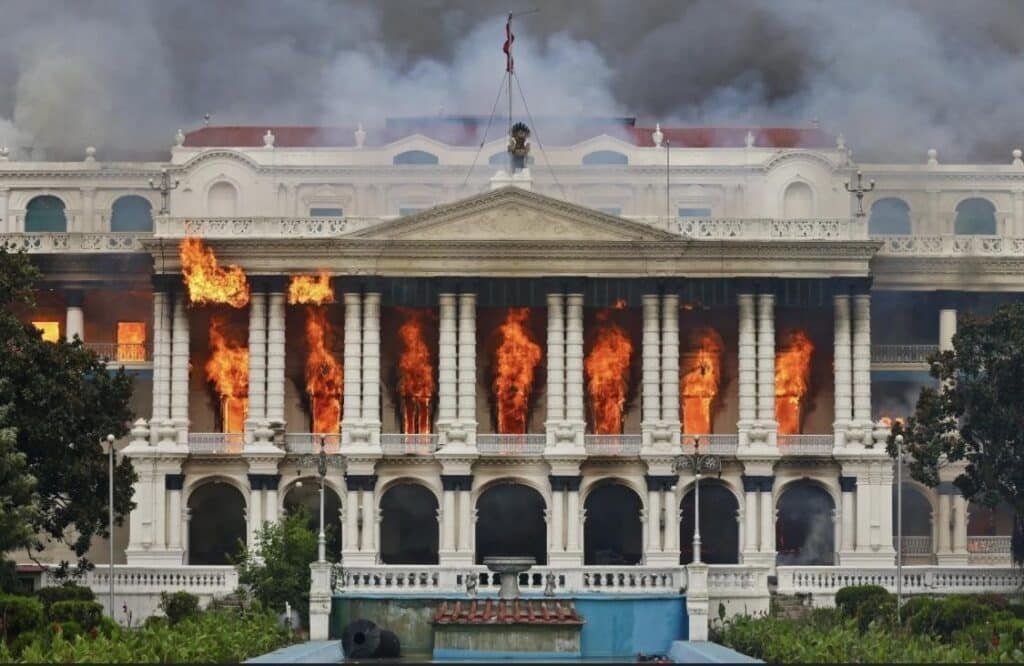
Nepal Uprising : A Nation In Turmoil
Kathmandu, Nepal What began as a youthful outcry against a sweeping social media ban and demands for greater transparency has evolved into one of Nepal’s most serious political crises in recent years. The protests, led largely by young people many in their late teens to mid-20s have shaken the country’s political order.
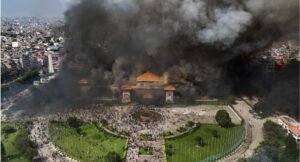
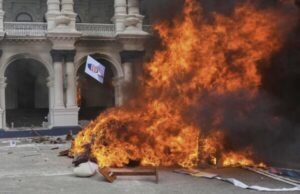
What Triggered the Protests
- The immediate catalyst was the government’s move to require registration of social media platforms operating in Nepal, and its subsequent blocking of dozens of major platforms (including Facebook, X/Twitter, and YouTube) after they failed to comply. 
- While the social media ban angered many, underlying grievances were deeper: widespread corruption, nepotism, economic stagnation, lack of job opportunities, and perceived inequality particularly between elites (including political families) and ordinary citizens.
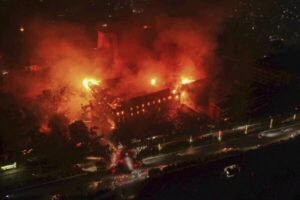
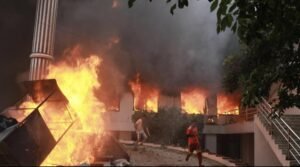
Escalation and Violence
- As protests grew, clashes with security forces escalated. Police used teargas, batons, rubber bullets, and in some cases live fire.
- At least 51 people have died, including protesters, prisoners, and several police officers. More than 1,300 have been injured.
- During the unrest, a large number of prisoners escaped from jails across Nepal; many remain at large.
- Protesters also vandalized and set on fire several government buildings, luxury hotels in Kathmandu, and locations symbolizing political power. Parliament was stormed.
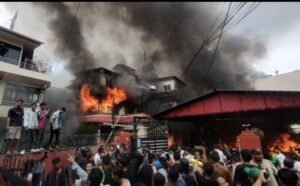
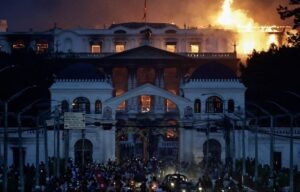
Political Fallout
- Prime Minister K. P. Sharma Oli resigned amid the fervor.
- Parliament was dissolved by the President.
- Sushila Karki, former Chief Justice, was appointed as interim Prime Minister the first woman to hold the office in Nepal.
- Elections have been scheduled for March 5, 2026 to restore a democratically elected government.
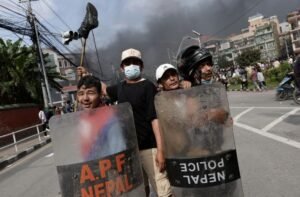
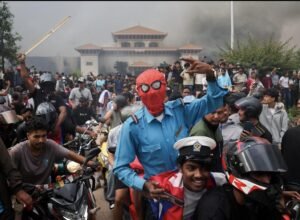
Current Situation
- A curfew imposed in Kathmandu and surrounding areas has been lifted. Public life is gradually returning to some kind of normalcy, although security forces remain on alert.
- The social media ban has been lifted. Platforms are again accessible, though the memory of the censorship and the backlash remains fresh.
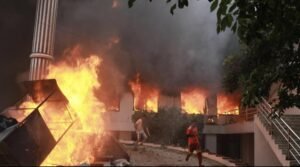
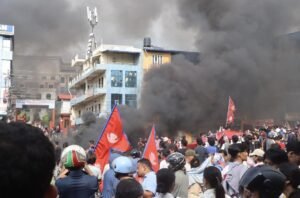
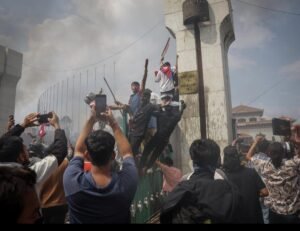
Voices From the Streets & Looking Forward
Young protesters speak of this moment not only as a reaction to censorship but as a test of Nepal’s democratic institutions. Many chant for systemic change accountability, transparency, fair opportunity not merely a change of personnel.
There is cautious optimism among some observers that this could be a turning point. However, others warn of the risks: power vacuums, potential for further instability, and challenges in ensuring the demands of the protestors are addressed in lasting ways.

